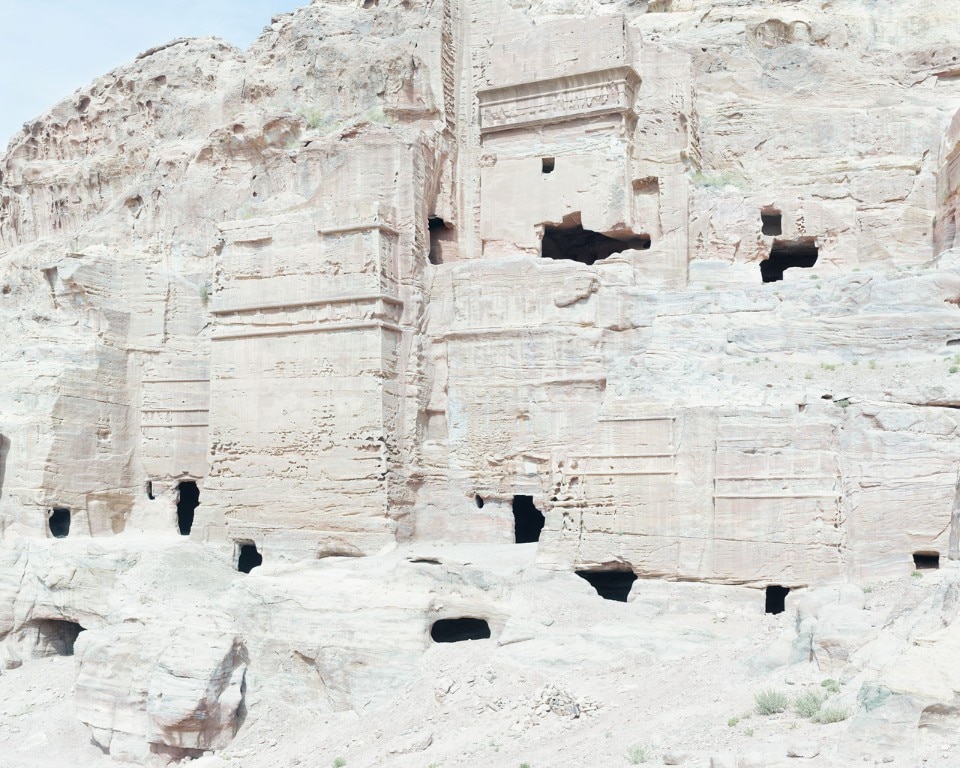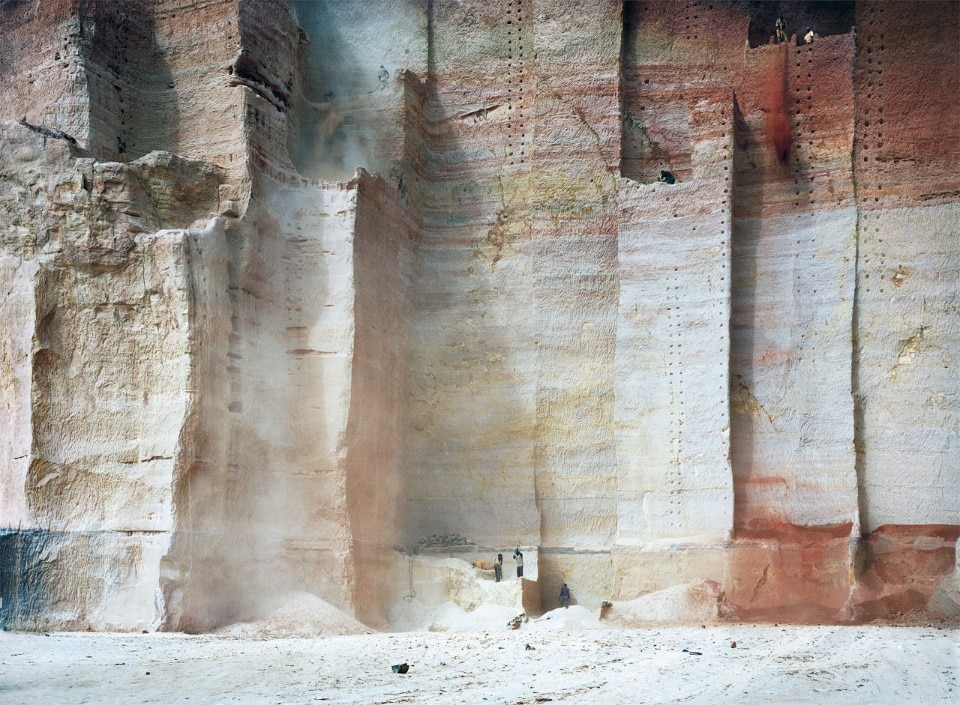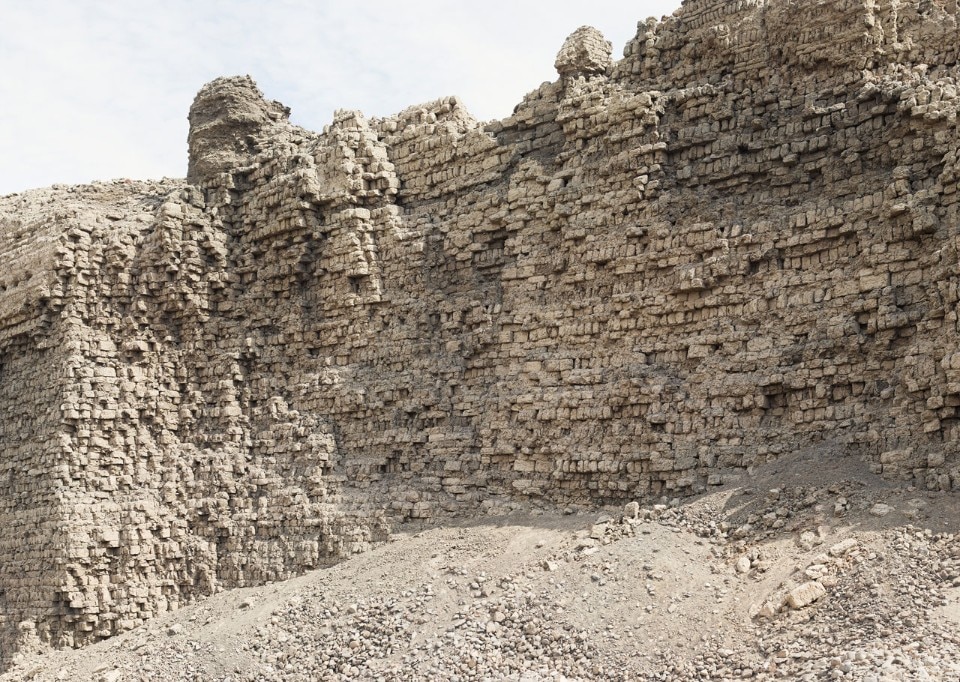
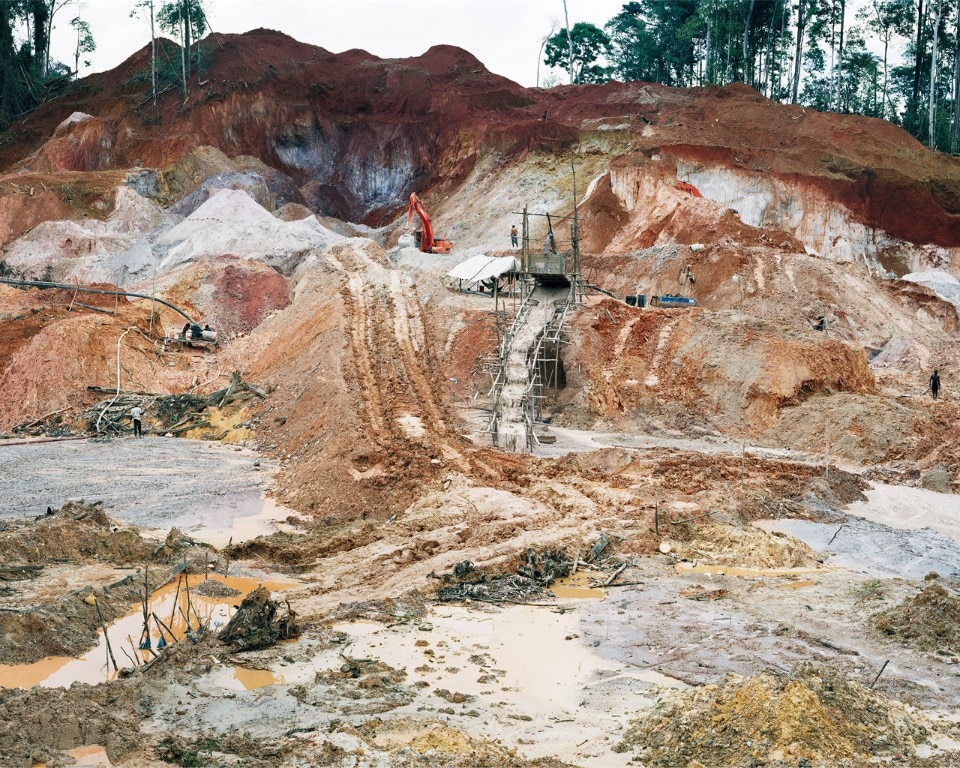
As part of the exhibition “Earth Pilar,” the images reveal their role in creating critical awareness. Each picture is able to evoke universal allegories. The expressive power of the images is such that, though part of an overall discourse, each one generates a singular reflection. That is why the itinerary inside the gallery is intentionally free and random. It allows visitors the chance to access the show from two different entrances.
In the first case, the viewer immediately sees the image that lends its name to the exhibition. In this itinerary, the fil rouge seems to be a visual reflection on some archetypical concepts that allow space to be built.
,%202010%20(c)%20Bas%20Princen,%20courtesy%20Solo%20Galerie.jpg.foto.rmedium.jpg)
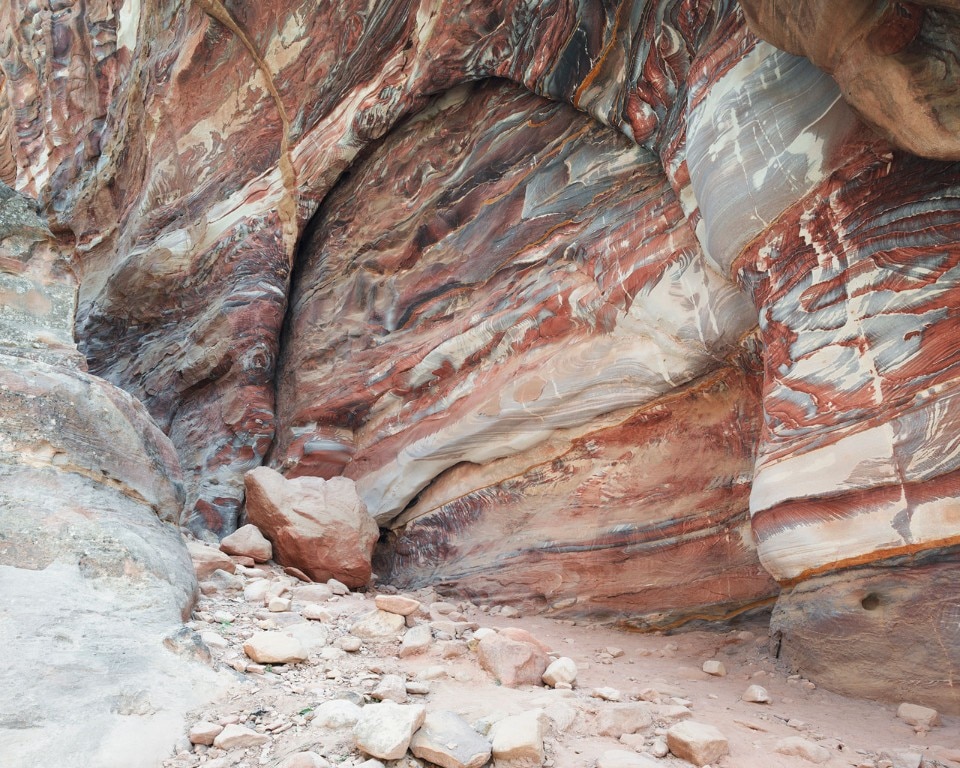
The second entrance to the exhibition allows the viewer to directly access some photo snippets that depict the frescoes of Ambrogio Lorenzetti. The particular type of print on rice paper favours the effect of duplicating reality by leading the viewer in minutely contemplating the fresco fragment. The iconographic reference constitutes an important element to understanding how the image of the landscape corresponds to a political intent, a metaphor that introduces the visitors to the following images taken in the gold mines of Suriname.
The itinerary rounds off with two pictures shot in Petra. These bring the narrative back to the photographic construction of monumentality where the matter and substance of the subject are the focus of visual interest.
